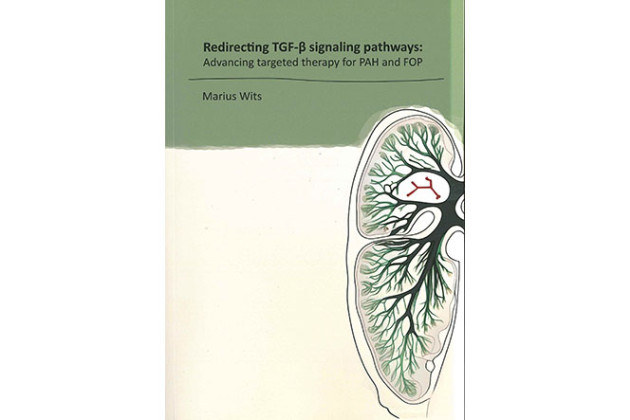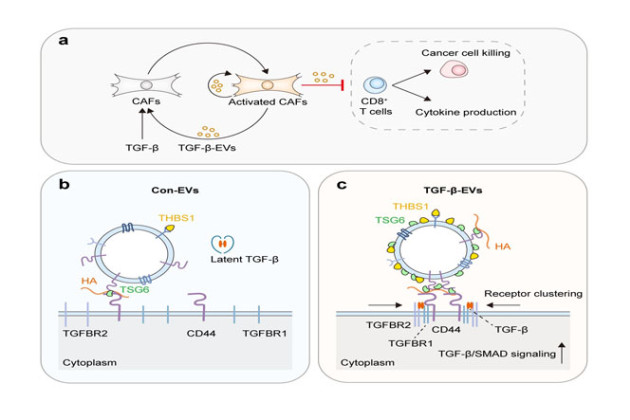Gene coding regions only represent less than 2% of the human genome. The non-coding genome also plays a pivotal role in many aspects of the normal cellular activities, as they could regulate the transcription of genes. Aberrant amplification and mutations in these regions can cause diseases such as cancer. The functions of non-coding regulatory elements have not been thoroughly studied. We have developed a novel high-throughput system to study the silencer regions of the genome. In addition, we have also developed a unique screening system using CRISPR/Cas9 to study the function of the non-coding regulatory genome. Main research strategies consist of designing custom screen libraries, performing genome-wide CRISPR functional screening, applying ATAC-seq, ChIP-seq, RNA-seq, CRISPR/Cas9 genome editing, cell imaging, human stem cell differentiation assays, and bioinformatics analyses. The ultimate goal is to identify important non-coding regions that can be used for personalized diagnosis of diseases and rationale treatment design.
Systematic identification of silencers in human cells. Nature Genetics. 2020 Full text
Identification of non-coding silencer elements and their regulation of gene expression. Nature Reviews Molecular Cell Biology. 2022 Full text
Genome-wide Cas9-mediated screening of essential non-coding regulatory elements via libraries of paired single-guide RNAs. Nature Biomedical Engineering. 2024 Full text
Paired CRISPR screening libraries for studying the function of the non-coding genome at scale. Nature Biomedical Engineering. 2024 Full text
Targeting the 3D genome by anthracyclines for chemotherapeutic effects. Proceedings of the National Academy of Sciences. 2025, Accepted. Full text
.PNG)


